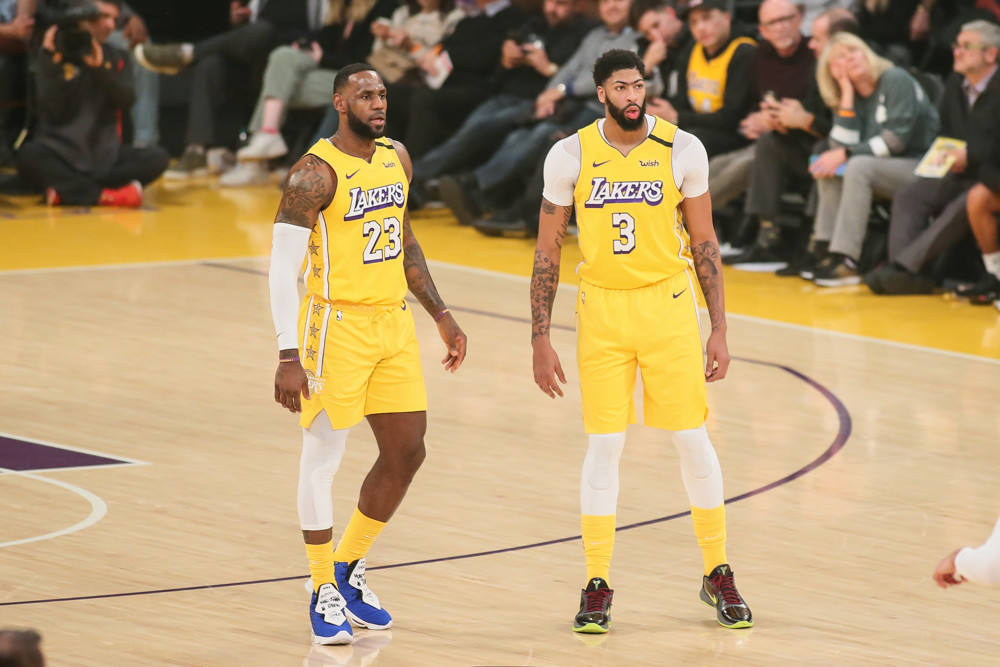Welcome to the eighth edition of GPP Leverage for the 2020-2021 NBA season. This article is going to be a catch-all space for my GPP thoughts. In most of the articles I’ll address some of the relevant GPP plays for that day’s slate, but some of the articles will be more focused on plays and others more focused on strategy. The last few weeks have focused on slate-specific GPP strategy. Today, we’re going to shift gears towards a macro strategy session. In today’s Leverage, I’m going to walk you through how I assess my own play. For those of you who followed my work during the NFL season, my Week 17 Leverage piece touched on some of the same concepts I’ll go into more depth on today.
Trusting the Process
DFS is a challenging area to invest in. The game is constantly evolving, the user base is getting smarter, and the payout structures bring a ton of variance in the results. If you’re viewing this as an investment, you need a sound process that you can evaluate independent of the results. If you’re primarily playing tournaments, your results will be so heavily influenced by high-end finishes that simply evaluating your Return On Investment could give you a false sense of confidence or despair.
There are many ways one can think about their “process”. You can think about it in the context of your pre-lock routine, how well your lineups correlate, differentiate, and offer upside, or how you go about selecting individual players. Those are all parts of a player’s “process” that could use improvement and adjustment. However, those areas are very difficult for me to approach generally with advice because so much of the improvements would depend on the person’s individual goals and their risk tolerance. If you’ll quit DFS out of frustration every time you finish in the bottom 10%, then you might naturally be inclined to create lineups that feel “safer”. Tailoring an individual’s process to their contest selection and their play is something that requires a lot of individual work and understanding of that individual. As a result, this article is going to focus on my “process” in the context of something everyone can analyze as opposed to something that would need to be tailored to your individual risk tolerance and goals with DFS.
The way that I think about my process is fairly simplistic and much of the credit for using this as a base evaluation goes to a good friend of mine, Colin Drew, who suggested analyzing percentile finishes relative to the field to evaluate how well your lineups are performing independent of Return on Investment. The idea is simply if you’re consistently generating a higher percentage of lineups in the top 1% of the field than your competition, you are demonstrating an edge. This is the skill part of our game – generating on average better lineups than your opponent. However, the results are wildly influenced by how often those top lineups cross the finish line and get into those top-heavy payouts that outlandishly reward success – this is the “luck” component of our game. At different points in my career, I’ve likely run hotter in crossing that finish line than I deserved and in those years I’d see an outlandish ROI; while other years those firsts and seconds are eighths and ninths and the difference in my account balance is substantial! So this suggested method of analyzing my results ultimately became my process. This was a suggestion that was so good that RotoTracker ultimately decided to add it as a feature in their software. I use RotoTracker to help analyze my play and I pay for a subscription to do so given the volume of entries I play, but you can access trials of smaller samples of entries there for free. This is just what I use. There are other systems out there and you can create these effectively on your own as well, but since I’m going to use screenshots from their product, you should know what I use.
At a high level, if I can consistently generate stronger-performing teams than the rest of the field then 1) It’s verification the underlying parts of my process are generally working – my build habits, projections I’m utilizing, etc and 2) I am creating positive expected value over time. When I realize this expected value is ultimately up to the luck side of the equation, but the things I have more control over are the opportunities I’m creating as opposed to how often those lineups slide into the heavy payout points.
My results over time:
The NBA is Back! We'll Get You Ready.
Our team includes renowned fantasy analysts Drew Dinkmeyer and Mike Gallagher, high-stakes professional DFS players, and a team of analysts working together to create high-quality projections and content.
We don’t sell lineups or claim to have all of the answers. We do analyze what’s happening in a way that’s digestible and actionable, with a goal of preparing you to make the best decisions possible during the 2024-2025 NBA season.
Read on to learn what’s inside our In-Season NBA subscription.
Full Details » Already a subscriber? Log In

